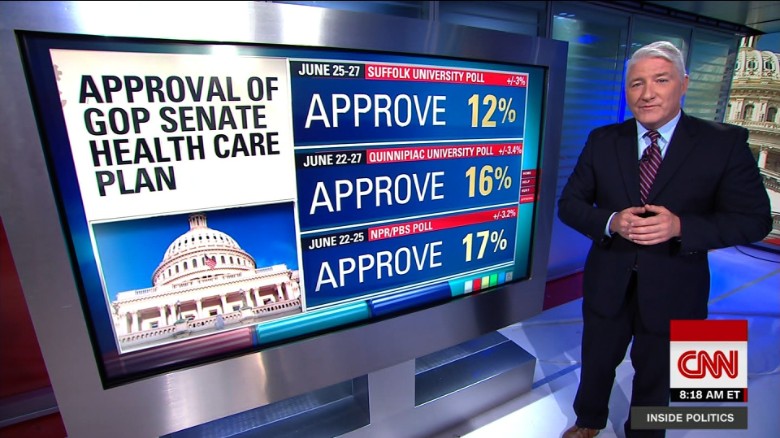Table of ContentsThe Main Principles Of Healthcare Policy In The United States - Ballotpedia The Definitive Guide for Health Policy - WikipediaNot known Details About The Importance Of Healthcare Policy And Procedures
There is some proof that the Great Economic downturn had something to do Drug Rehab Facility with it. The economic downturn saw huge drops in costs on all items and services economywide, so it is perhaps not stunning that this included the healthcare sector too. Some have actually conjectured that the ACA had something to do with it.
The ACA likewise supplied financing for experiments in payment reforms for the general public insurance coverage programs meant to much better peg value and money spent on health care. An essential thrust of those reforms was moving the public insurance coverage systems far from payment designs identified by "charge for service" (FFS), where each medical intervention for a client is billed and compensated by a supplier.
To break this incentive, some suggested payment reforms reimburse medical diagnoses and medical management rather than discrete procedures. One essential example of the policy thrust toward moving away from FFS repayment and towards "spending for quality" was an effort to decrease readmissions to hospitals following treatment. how is canadian health care funded. Medical facility readmissions are frequently an indication that care has actually been suboptimal in the first contact in between patient and medical facility.
However from the stringent perspective of medical facilities and medical professionals being paid on a fee-for-service model, they represent income gains. Efforts have been made to break this perverse incentive by penalizing readmissions or not repaying for numerous admissions associated with a single medical diagnosis. The ACA particularly created a Health center Readmission Reduction Program (HRRP) in 2012.
It has been hypothesized that, in anticipation of IPAB decisions and prevalent adoption of payment reforms, suppliers carried out cost-saving adjustments of their own practices. Whether these speculations hold true or not, it appears clear that the current downturn in excess healthcare expense development is not totally comprehended, and there is no guarantee that it rests on solid ground (how much would universal health care cost).
The IPAB was abolished as part of the Republican tax cut passed at the end of 2017, and the Trump administration Department of Health and Human being Solutions appears far less thinking about cost-saving reforms than its predecessor. If anticipation of the effect of IPAB and payment reform truly was driving efficiency-seeking behavior of medical companies over the past decade, the removal of these cost-disciplining institutions might threaten to unleash quicker excess Drug Rehab Center cost growth in coming years.
See This Report about Health Policy - Wikipedia
Instead, policymakers should recognize that health care costs are beginning with a very high base, so any excess cost growth in coming decades will do significant damage to possibilities for nonhealth consumption of goods and services. This argues highly for noncomplacency and the requirement for aggressive measures to lock in the recent decade's excess cost downturn and to build on it.
gives some more texture to this conversation by demonstrating how much increasing company contributions to ESI premiums impacted employees at different wage fifths. The first set of rows ("Per hour wage, nominal") reveals the average per hour wage within each wage 5th for three separate years: 1979, 2007, and 2016. In 2016, this ranges from $9.54 for the most affordable 5th to $44.79 for the greatest 5th.
These rows reveal that in 2016, 53.1 percent of workers general gotten ESI protection from their own job, below 69.0 percent in 1979. The next set of rows ("Expense of employer contributions") reveal an estimate of the typical expense to a company of supplying ESI protection, expressed as a share of the mean wage in each fifth.
The next set of rows ("Hourly earnings plus company contribution") reveal the amount of the hourly wage plus employer contributions to ESI premiums for a worker at the median of each fifth, representing the fact that not all employees receive this ESI protection. The next set of rows ("Hourly wages plus employer contributions, counterfactual") provides this very same procedure however holds the cost of supplying the typical ESI strategy constant at its 1979 share of median hourly salaries in each fifth. But beyond that, do not ignore the general health of your personnel. Do you have programs or policies to promote and secure their health!.?.!? Simply as in other markets, your health policies should resolve issues like weight-loss, work stress, healthy eating, and even on-the-job breastfeeding. All of these add to a healthy labor force, which research continues to show is a more efficient workforce.
Even for smaller companies that lack a dedicated security group, how will they handle suspicious persons or circumstances? When do they sound an alert and to whom?Whether your center maintains a security group or not, your health-related policies must plainly discuss that security, like compliance, is everybody's duty. You require to equip workers at every level with the ideal information and procedures so they http://jaidenqaxg161.over-blog.com/2020/09/h1-style-clear-both-id-content-section-0-healthcare-policy-in-the-united-states-ballotpedia-things-to-know-before-you-get-this/h1.ht can manage security-related scenarios that may emerge.
The more innovation you integrate into your facilities, the more dangers you deal with for information leakages or personal privacy breaches. At the core of these leaks? Primarily, human error falls at the core of these breaches. That is why it is crucially essential to put in composing these security and personal privacy policies.

Who - Health Policy for Dummies
For example, the effects of not complying with HIPAA might indicate losing your tax-exempt status by stopping working to comply with new requirements from The Patient Security and Affordable Care Act. Or noncompliance might imply facing a stiff fine. According to HIPAA Resolution Agreements from the Department of Health and Person Solutions (HHS) Workplace for Civil Rights (OCR), HIPAA fines can be up to $1.5 million per incident each year.